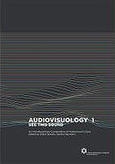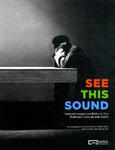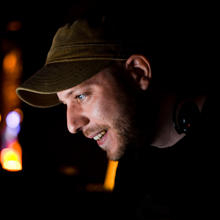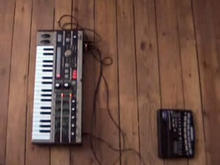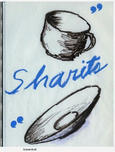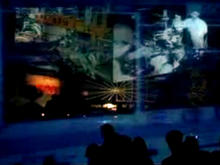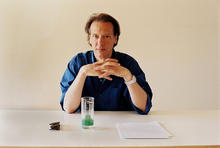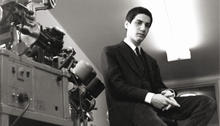What makes a good party
(2007)by Robert Heel vs. Binary choice (deep) is made from found footage of educational movies from the 1950s and 1960s that deal with parties and the perfect lifestyle.
The video is used to sample both, sound and images to become a part of the composition of the music piece.
"With cuts and reverse cuts the moral hypocrisy of this time lays open. By montage of the footage unvarnished truths are put in the mouth of the actors." (Cornelia and Holger Lund)
Source: Robert Heel's website

